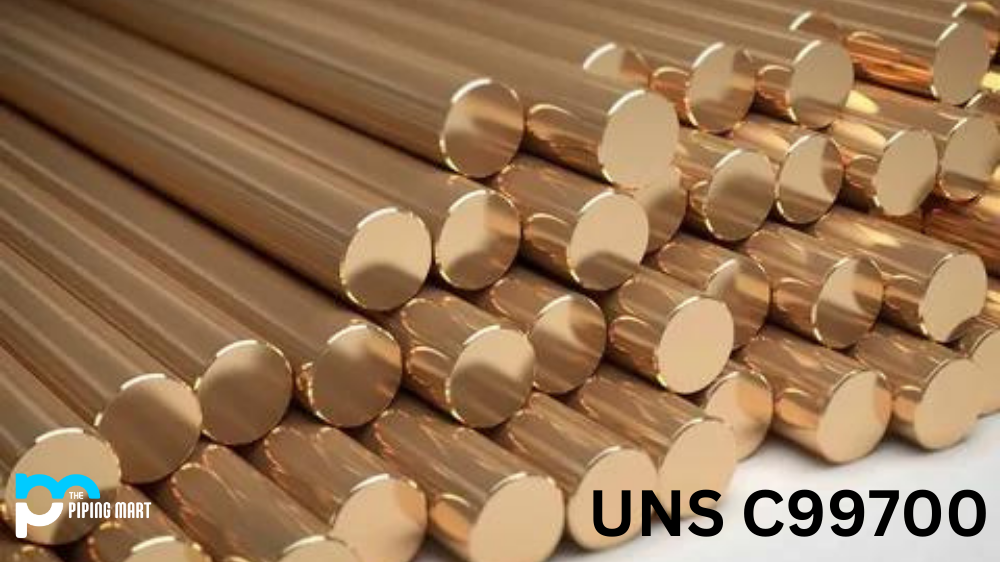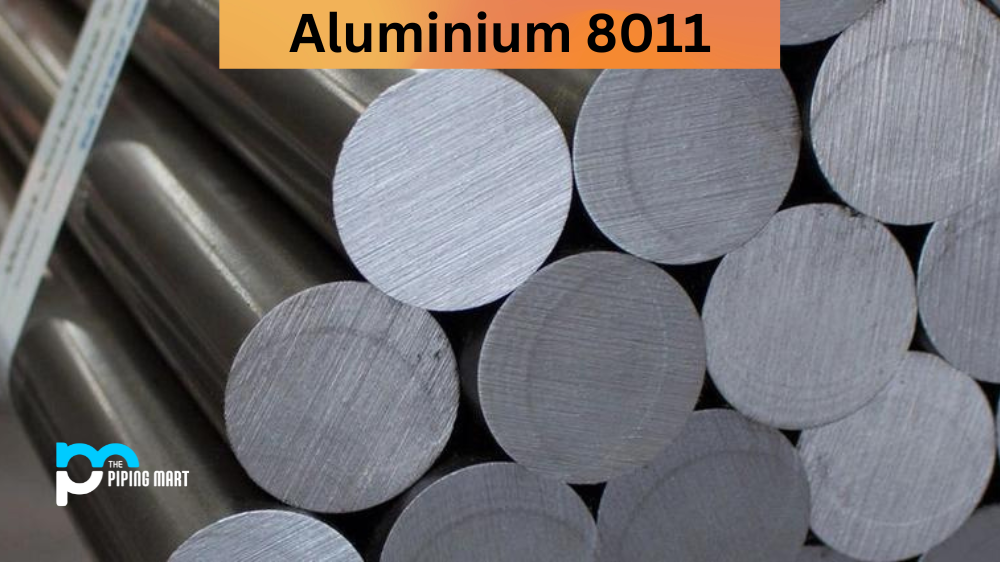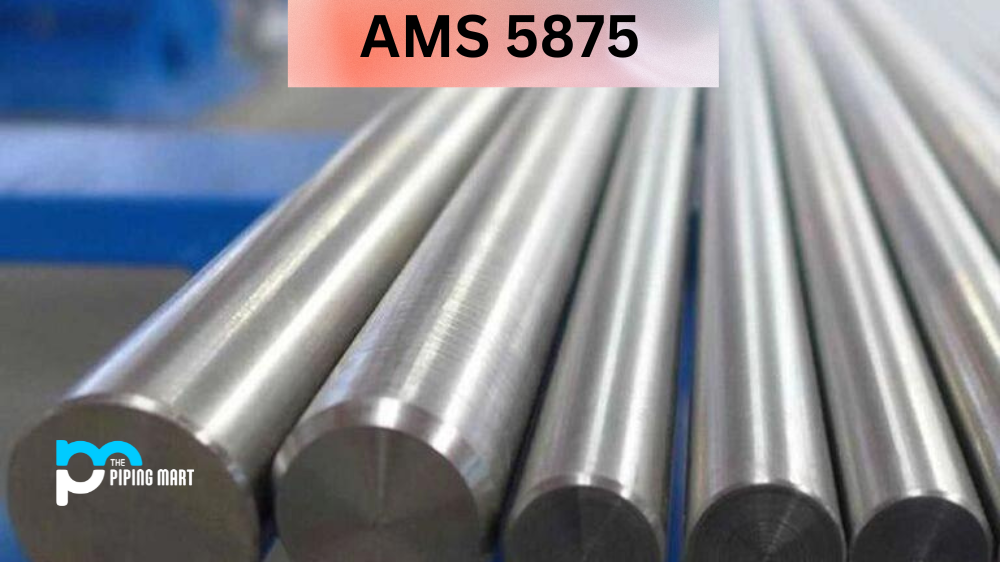UNS C99700 is a copper-zirconium-tin-phosphorus alloy widely used in various industrial applications. Also known as Zirconium Copper, this alloy offers excellent mechanical and physical properties that make it valuable in multiple electrical, aerospace, and marine industries. This blog post explores UNS C99700 in detail, including its composition, mechanical and physical properties, uses, corrosion resistance, heat treatment, machining, and welding.
UNS C99700 Composition
UNS C99700 is a unique alloy that contains 98% copper, 0.8% zirconium, 0.2% tin, and 0.1% phosphorus. The addition of zirconium and tin imparts several beneficial properties to the alloy, such as improved strength, hardness, and corrosion resistance. Phosphorus helps strengthen the alloy’s grain structure, making it more malleable and ductile.
| Element | Content (%) |
|---|---|
| Copper, Cu | ≥ 54 |
| Zinc, Zn | 19 – 25 |
| Manganese, Mn | 11 – 15 |
| Nickel, Ni | 4 – 6 |
| Lead, Pb | ≤ 2 |
| Tin, Sn | ≤ 1 |
| Iron, Fe | ≤ 1 |
| Aluminum, Al | 0.50 – 3 |
UNS C99700 Mechanical Properties
UNS C99700 offers excellent mechanical properties, such as high tensile strength, yield strength, and hardness. The alloy has a tensile strength of 750 MPa, yield strength of 450 MPa, and a 200-250 HV hardness. It also has good fatigue, wear, and creep resistance, making it ideal for high-strength and durability applications.
| Properties | Metric | Imperial |
|---|---|---|
| Hardness, Brinell (3000 kg, sand cast) | 110 | 110 |
| Hardness, Brinell (3000 kg, die cast) | 125 | 125 |
| Tensile strength ( sand cast) | 380 MPa | 55100 psi |
| Tensile strength (die cast) | 450 MPa | 65300 psi |
| Yield strength (@ 0.5%, sand cast) | 170 MPa | 24700 psi |
| Yield strength (@ 0.5%, die cast) | 185 MPa | 26800 psi |
| Poisson’s ratio | 0.34 | 0.34 |
| Modulus of elasticity | 1147 GPa | 17000 ksi |
| Elongation at break (in 50 mm, die cast) | 15% | 15% |
| Elongation at break (in 50 mm, sand cast) | 25% | 25% |
| Machinability (UNS C36000 (free-cutting brass) = 100) | 80 | 80 |
UNS C99700 Physical Properties
UNS C99700 has a density of 8.19 g/cm3 and a melting point of 1083°C. The alloy also has good electrical and thermal conductivity, making it ideal for electrical and electronic applications. In addition, it has a high coefficient of thermal expansion, which can be beneficial in thermal management applications.
| Properties | Metric | Imperial |
|---|---|---|
| Density | 8.19 g/cm3 | 0.296 lb/in3 |
UNS C99700 Equivalents
- ASTM B176
- ASTM B30
UNS C99700 Uses
UNS C99700 has a wide range of industrial applications due to its unique properties. It is commonly used in electrical applications, such as contactors, switches, and circuit breakers. It is also used in aerospace applications, such as heat exchangers, rocket nozzles, and aircraft landing gear. In marine applications, it is used in propeller shafts and bags due to its excellent resistance to saltwater corrosion.
UNS C99700 Corrosion Resistance, Heat Treatment, Machining, and Welding
UNS C99700 offers excellent resistance to corrosion in various environments, including seawater, freshwater, and acids. The alloy can also be heat treated to increase its strength and hardness. Machining of UNS C99700 can be challenging due to its high hardness, and it is recommended to use carbide tools for optimal results. The alloy can be welded using various welding methods, such as gas tungsten arc welding (GTAW) and gas metal arc welding (GMAW).
Conclusion
UNS C99700 is a highly versatile and valuable alloy with excellent mechanical, physical, and corrosion resistance properties. Its unique composition and properties make it well-suited for various industrial applications, from electrical to aerospace and marine. Understanding the properties and capabilities of UNS C99700 can help you select the suitable material for your specific application, ensuring optimal performance and durability.

A passionate metal industry expert and blogger. With over 5 years of experience in the field, Palak brings a wealth of knowledge and insight to her writing. Whether discussing the latest trends in the metal industry or sharing tips, she is dedicated to helping others succeed in the metal industry.




